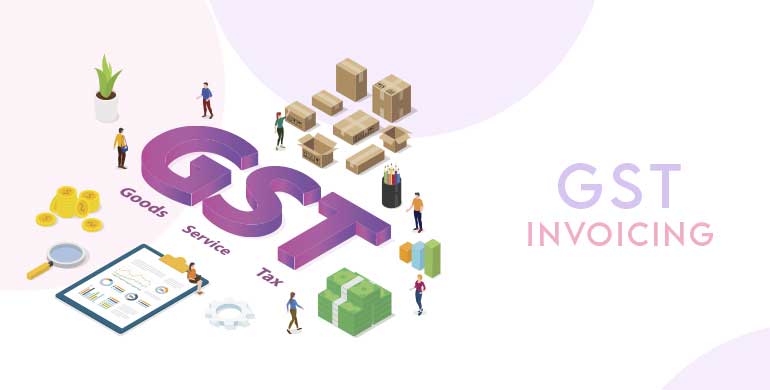What is GST Invoicing?
It refers to goods and products from one place to another and is facilitated by ‘e-Way bills’ fillings on the common GST portal. In its 35th meeting, similarly, the ST council had chosen to implement the system of e-invoicing. This applies to all specific categories of people. E-invoicing does not suggest the generation of invoices on the GST portal. If we say so, it would be a myth. Instead, e-invoicing consists of submitting the already generated invoice on the e-invoice portal that is available for common people.
Accountability and implementation dates
Therefore, this process automates the multi-purpose reporting with only one-time input of invoice details. The CBIC advised a set of portals that are commonly used to prepare e-invoices via Notification No.69/2019 -> central tax.
Hokis solutions offer the best e-invoicing solutions and services for businesses. Hokis solutions also offer an e-Invoicing Tally connector that allows the taxpayers to carry out e-invoicing activities without leaving the tally portal. Hokis solutions will make sure a safe migration to improved and upgraded UI without making any changes to the historical data.
Hokis solutions provide several modes through which taxpayers can generate the e-invoice such as Excel mode, seamless API integration, Tally connector, SFTP, FTP. A user can enjoy the benefits of several value additions such as:
- 1- Flawless integration of 5000 e-invoices per minute
- 2- Consolidation with High fidelity solution with almost 99.99% uptime.
- 3- 100+ data attestation to make sure the e-invoice experience is error-free and smooth.
- 4- In order to improve the success rate of EWB integration, there is the auto-retry feature of failed EWBs (with distance error)
- 5- There is auto-generation of the e-way bill after IRN is generated without ingesting any data.
- 6- Quicker loading of ‘e-way bills’ and ‘e-invoices’ on the screen for as much as 1 lakh documents.
- 7- E-way bill reconciliation and GSTR-1 data, customized print template, insightful reports, data archiving, and much more.
What do you know about e-invoicing under GST?
‘Electronic invoicing’ or e-invoicing‘ is a system in which business-to-business invoices are validated and authenticated electronically by GSTN for further usage on the common GST portal. Under the electronic invoicing system, there is an identification number that is issued against each and every invoice by the IRP (invoice registration portal) and is managed by the GSTN (GST Network). The national informatics center inaugurated the first IRP at einvoice1.gst.gov.in.
All the information about the invoice will then be transferred to both the GST portal and e-way bill portal from this portal in real-time. This way, it will eliminate the need for data entry to be done manually while filing the GSTR-1 returns and creation of part-A of the generated e-way bills, as the information is driven directly to the GST portal by the IRP.
E-invoicing applies to whom?
The e-invoice's first phase was implemented from October 1st, 2020 for taxpayers with a collection turnover exceeding Rs.500 crore / Notification No 61/2020-Central tax and 71/2020-central tax. The e-invoicing has been increased to businesses in the next phase with an aggregated turnover exceeding 100 Crore Rupees from 1st January 2021 as per Notification No 88/2020.
The CBIC later notified via Notification no 5/2021 that from 1st April 2021 e-invoicing will be applicable for businesses with a turnover of over Rs 50 Crore. The taxpayers must obey e-invoicing if the turnover surpasses the defined limit in any financial year starting from 2017-2018 to 2019-2020. Moreover, the aggregate turnover will enhance the turnover of all GSTINs under a single PAN all over India.
However, notwithstanding the turnover, e-invoicing shall not be pertinent to the various categories of registered businessmen for now, as notified in CBIS notification No.13/2020-central tax.


